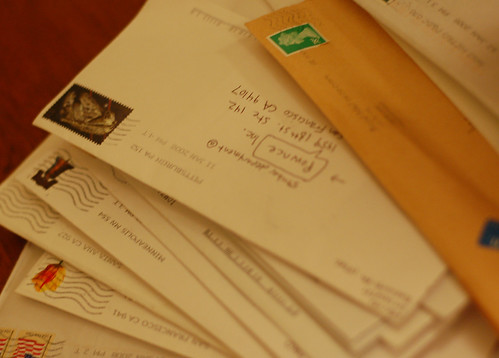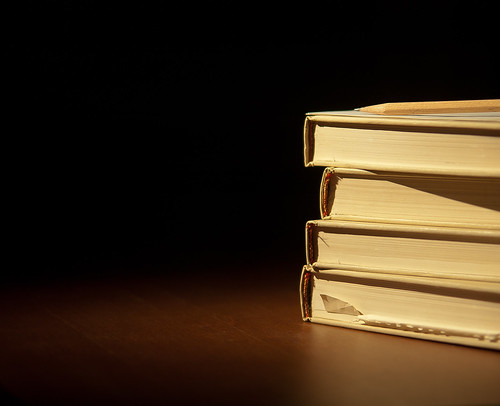There's a word that many writer overuse, and that's that. Every time that they should be using who to describe a human, I find that they're using that instead. Instead of which, we get that -- and that's a real problem that needs fixing.
That Which Makes Us Look Bad
Make a copy of your book document, and store it in a different file. Now, access the "Find and Replace" function and replace every single occurrence of the word that with * instead. Now, read your book in that new file. If you're like many indie writers, you'll find that most of the times you use the word that, it's totally unnecessary.
Not just unnecessary -- it makes your book clunky and in some cases comes across as very poor writing. You'll notice that I've stressed every single occurrence of the word that in this post, and you'll also notice that I've added many unnecessary uses of the word. But I find that I'm full of examples today, so here's more:
"I didn't know that Ella used to date Mark!" Claire exclaimed, wide-eyed, an expression that made her look a little comical.
Krista nodded. "The boy that wears the red hat told me," she twirled her fingers around the necklace that her father gave her (that she'd never liked) as she answered.
How many of the thats in that example can I eliminate? If you answered all of them, you're right. There isn't a single occurrence of that in the above text that I can't remove if I want -- and, I do.
"I didn't know Ella used to date Mark!" Claire exclaimed, wide-eyed, an expression which made her look a little comical.
Krista nodded. "The boy who wears the red hat told me," she twirled her fingers around the necklace her father gave her (which she'd never liked) as she answered.
That, Which, Who
Many times, that can be eliminated in sentences entirely -- but sometimes, writers are using it improperly in place of who and which. Learning when to use that and when to use which is actually pretty tricky stuff, but you know you should be using who when you're talking about a person (so that one's easy).
According to the rules of writing, you're supposed to be using which instead of that when you're writing non-restrictive clauses. See? It's already tricky. Here's what you need to know, in brief:
The word that is used to point to something specific in the sentence: that necklace, that expression. Eliminate the word that points to in the sentence. Does it still make sense? In the example above, is that expression the main focus -- or is it Claire's comical face? When you're writing about the necklace, are her feelings the most important part of the sentence?
That is only used when it's pointing toward a specific word or phrase the sentence just can't do without. That boy in the red hat, That table is really unsteady. You wouldn't say which unless you were asking, right? If you find that you can substitute which for that and lose absolutely nothing in the translation, it's safe to assume which is supposed to be there anyway.
Over use of that makes writing very, very bad, and I've found that the word can be eliminated more often than not. To prove it, keep reading to get a complete version of this post with all that unnecessary junk removed, and you'll see the difference.
























